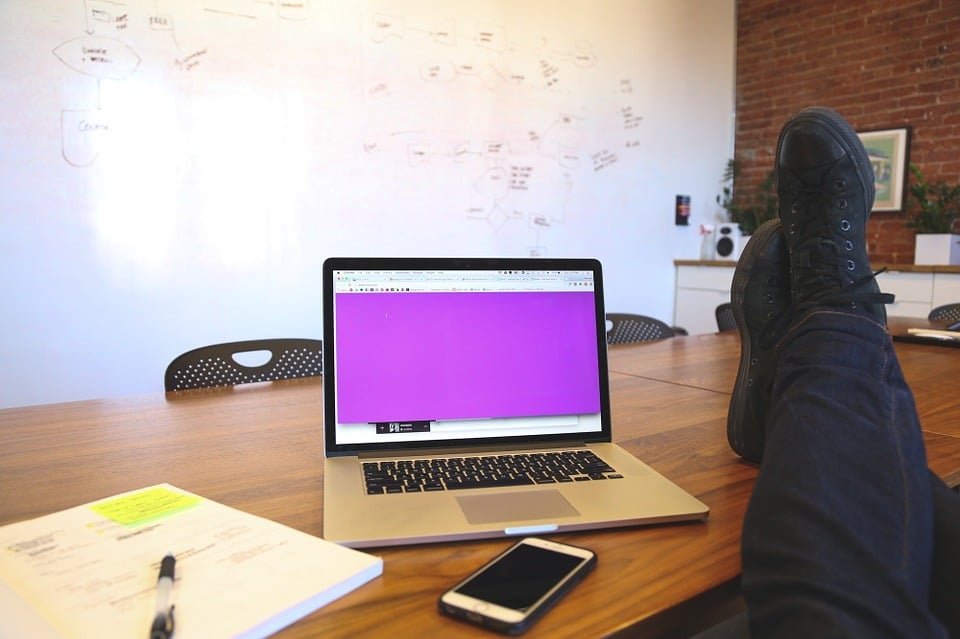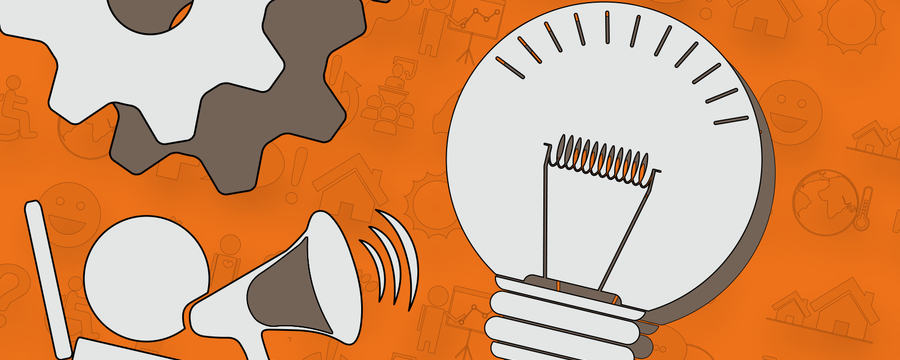An introduction to creative habits

Share this step
What do people do to unleash their creativity? If some people seem more able to tap into their creative thoughts than others, how are they doing so?
There is a romantic view that some people are ‘natural’ creatives (and, thus, that others are not). What is far more likely and empowering is the idea that some people are simply using more effective strategies, or have more effective habits. If we can change those habits maybe we can unlock and unleash greater creativity.
Here, we explore some habits that can help all of us unlock our creativity. As you read, perhaps think about which you already do, which you think would be easiest or most difficult for you to adopt or try out, and why you think that is.
Later on in this course we’ll talk about ‘ecosystems’ for innovation and how you create an environment for ‘luck’. At this stage, we’ll simply say that the company you keep and the spaces that you work in also impact on your creativity. We can all recognise that some friends encourage us to be silly and support our crazy ideas whilst others seem to close us down for fear of being judged. Likewise, in some environments we feel inspired to have ideas whilst in others we wouldn’t dare to
Diverge, then converge
The first thing to understand about creativity is the role of ‘divergent’ and ‘convergent’ thinking. Divergent thinking is the process of starting from a given point and generating as many ideas as you can that derive from it. The end point doesn’t matter, as long as you’re diverging away from a starting point. This is classic brainstorming territory in which you pursue a quantity of ideas and explore as many links to new ideas or aspects as you can. Convergent thinking, in contrast, is about collecting up ideas, filtering them, evaluating them, and ultimately deciding which ones to act on. Convergent thinking is how we make decisions. Both are necessary and useful.
If we forget this, and favour convergent thinking over divergent, we tend to rush towards a decision, often pre-judging the outcome before we’ve even generated any options. This means we’re not only likely to rush the decision but we’re also unlikely to have selected anything original or novel. However, if we favour the divergent thinking process over the convergent, we’re likely to generate a surplus of ideas and struggle to then distil and act on anything, forever generating ideas and never implementing them.
In the next step, we will give you a profiling exercise, to help you get some further insight into your own approach to both convergent and divergent thinking. But the first step in any development of habits is recognising how your current habits of thought might be helping or hindering you; are you rushing to find solutions or dithering over a hundred possibilities?
Creative habits
There are some common habits of creatives that we can all use:
Indulge curiosity
Follow your passions, explore, investigate, ask questions, make stuff. No one ever created or discovered anything by playing it safe and not asking questions of themselves and others. Our history of innovation highlights just how many inventions hang on the propensity of individuals to say ‘what if…?’ or ‘how about…?’ or ‘why did that happen?’
Even if all you do is follow a few more links on Wikipedia to explore a subject, that’s great. Find interesting articles, books, places, music, people and see where it leads you. Experiment, try things out, test your insights.
Tip: Find out one new thing about something every day.
Embrace failure
Tip: Create a ‘Failure Log’ and write down things that you fail at – but also what you’ve learnt from those failures.
Take notes
- Start a notebook (on paper or electronic) and start making notes, draw diagrams and sketches, write down names and interesting things to look up, and write ‘ACTION’ in big letters against things you need to do.
- Start a personal to-do-list (here we recommend an electronic to-do tool so it reminds you) and be a bit more efficient about your process. You’ve probably forgotten more good ideas than you’ll ever need; maybe if you write some down you’ll spot patterns and trends, make connections, and discover something new.
Tip: Start a notebook, and keep going until you find a way to use it habitually.
Network for effect
Tip: Once a week make a point of sharing something you learned that week with someone else.
Persist
Tip: Before you give up on something, talk it through with someone else to prove to yourself you’re willing to let it go.
Is there a creative habit you would like to develop?
Take a moment to think about which of these habits you already have and which might work for you.
- Is there one habit you would like to develop? What steps could you take to make that happen?
- What do you hope will be the benefit of changing your habits?
Come back to this step at the end of the course and compare your expectations with the changes you have made.
Share this
Unleash Your Potential: Innovation and Enterprise

Unleash Your Potential: Innovation and Enterprise


Reach your personal and professional goals
Unlock access to hundreds of expert online courses and degrees from top universities and educators to gain accredited qualifications and professional CV-building certificates.
Join over 18 million learners to launch, switch or build upon your career, all at your own pace, across a wide range of topic areas.
Register to receive updates
-
Create an account to receive our newsletter, course recommendations and promotions.
Register for free







